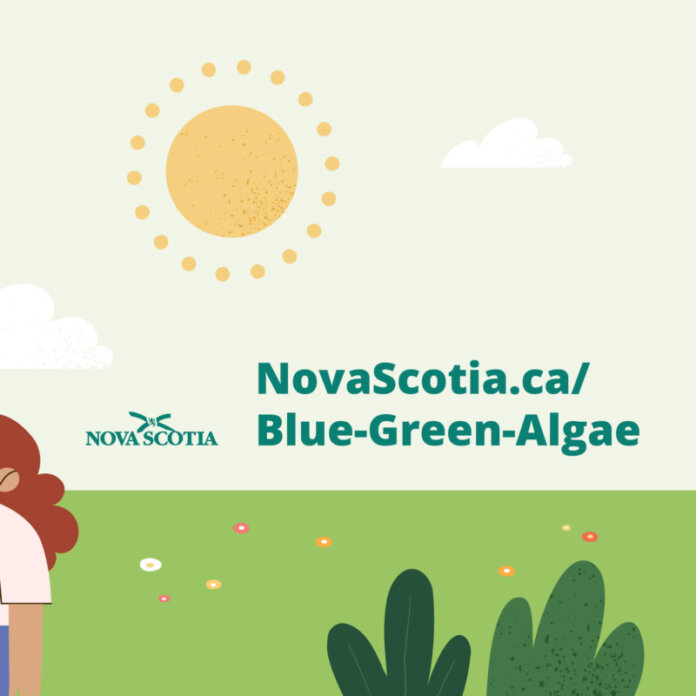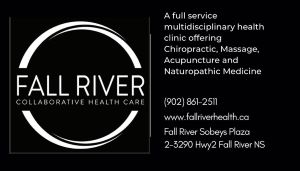FALL RIVER: Nova Scotia Environment (NSE) health inspectors did not observe blue-green algae in Lake Thomas during a visit mid-day Thursday after a tweet from the department reported there was some found.
NSE spokeswoman Tracy Barron said a potential blue-green algae in Lake Thomas at Fall River had been reported to the department.
“We post these sightings on social media and on the web site so Nova Scotians can look out for signs of blue-green algae before using these lakes,” said Barron. “Public water supply owners are also contacted.”
She said we all need to be aware of the potential presence of blue-green algae and blooms in our lakes and take steps to protect ourselves.
“The reality is we can expect to see blooms more frequently, even in pristine lakes,” she said. “Knowing what to look for allows people to be watchful and keep their families and pets away from potential harm.”
Barron said it is not practical to test for blue-green algae because of its nature and how it moves around in the water, so education is the best way to keep Nova Scotians safe.
“Blue-green algae moves around, reforms and recurs, so a visual inspection of the water and shore is recommended no matter where in the lake the bloom may have been observed,” said Barron.
She said NSE will be following up with the water supply owners to ensure they continue to monitor the lake and their intakes, and to contact the Department immediately if there is evidence of a bloom.
Cyanobacteria are naturally occurring in lakes, ponds, streams and rivers and they flourish in hot dry conditions. It’s important for Nova Scotians to be aware of the health effects and to know what to look for.
Barron explained this is why Environment and Climate Change has launched a public education campaign this year to help get the message out to Nova Scotians to be careful, be alert and look out for blue-green algae.
It includes resource materials – video, web site, photos, fact sheet/poster, social media campaign – that can be found at novascotia.ca/bluegreenalgae.



































